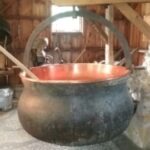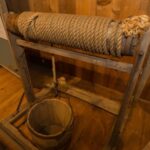For nearly a century, southeastern Wisconsin and especially Green County was a hotbed of Swiss immigration. Even though the immigration slowed dramatically in the early 1900s, the area still preserves a distinctive Swiss character. Visitors can attend the annual Cheese Days festivities and get authentic Swiss food at the New Glarus Hotel or Glarner Stube restaurants. Even though the first Swiss immigrants assimilated easily into American society, New Glarus still retains strong Swiss roots.
By the mid 1800s, economic conditions in Switzerland were worsening -overpopulation stretched resources in the countryside while the Industrial Revolution caused more people to move to the cities where there weren’t enough jobs. This led to high unemployment, especially among young people. The Swiss government encouraged its citizens to emigrate, particularly to North America, in search of better opportunities. Between 1887 and 1938 no less than 73 percent of Swiss emigrants landed in the United States. While Swiss people of all ages and backgrounds emigrated, young adults, teenagers, and those in their thirties were most likely to emigrate. Some had no professional skills, others worked in agriculture, and still others were artisans whose jobs were now being performed by machine. Seventy percent of emigrants were unmarried, which made it easier for them to leave home as they didn’t have families to look after. Fluctuations in the American economy dictated waves of immigration: during the 1850s and 1880s there were high levels of immigration, which then peaked in 1883 and tapered off after 1900. However, during times of economic downturn like the 1870s, 1890s and during the Civil War, prospective immigrants did not immigrate because of the difficulty of finding work in the United States. Thus, economic conditions both in Switzerland and the United States heavily affected patterns of Swiss immigration.
The United States was also an attractive option for immigrants because the Preemptions Act of 1841 set aside vast areas of land for sale across the country for only $1.25 an acre. It allowed individuals to acquire public land and use it as their property as long as they did something to legalize the claim, like residing on the land. Wisconsin worked to attract immigrants from the 1840s onward to farm its remaining arable land by issuing multilingual pamphlets, advertising in European newspapers, and placing a short-lived travel agent in New York City in 1853. Although the New York office was eliminated a few years later due to growing anti-immigrant sentiment, during its tenure it worked to attract German and Swiss immigrants. Many of the Swiss that settled in Wisconsin were from German speaking cantons — Swiss provinces similar to American states. Germans were the largest immigrant group in Wisconsin and the U.S. in the nineteenth century. Germans might have been drawn to Wisconsin because of the farmland available and its geographical similarities to central Europe and the Swiss might have immigrated here for the same reasons.
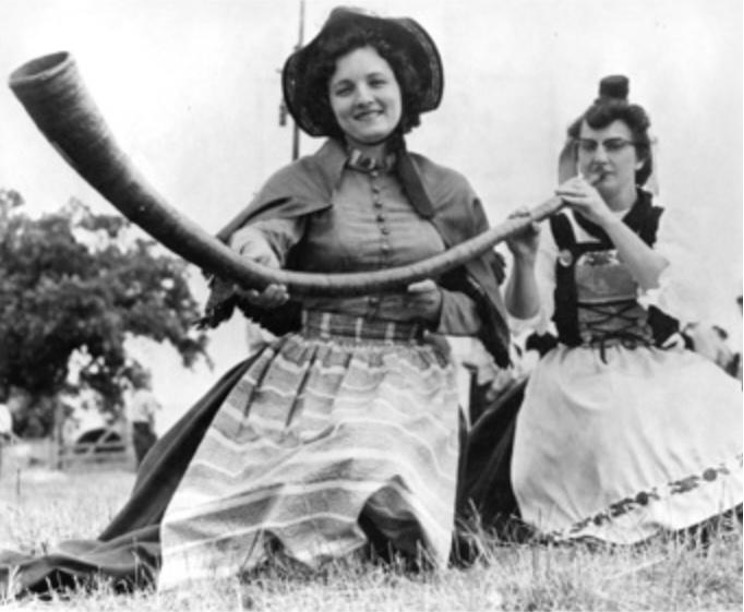
In 1844 in the German speaking canton of Glarus, the Swiss government decided that an organized emigration would be the best way to deal with the economic distress. The government was actively involved in the immigration process, offering citizens money to immigrate, and it continued to do so on and off into the early 1900s. The council of the canton appropriated fifteen hundred florins (six hundred dollars) to Judge Nicholas Duerst and Friedolin Streiff to go to the United States and find and buy appropriate land for a Swiss colony. Concerned citizens had already formed an emigration society and after sending out inquiries to Swiss consuls in the US, Mexico, Brazil, Russia, and other countries they decided that the American Midwest was geographically most similar to Switzerland and had already attracted other Swiss immigrants. To try and secure land for their new colony, upon arrival in New York Duerst and Streiff traveled widely throughout Pennsylvania and the Midwest: Michigan, Illinois, Wisconsin, and parts of Minnesota and Iowa. They were disappointed to find that much of the good timber land had already been sold, though prairie land was still available. On July 17, 1845, Durst and Strieff purchased 1,280 acres of timber and farmland in southeastern Wisconsin on behalf of the Emigration Society of Canton Glarus.
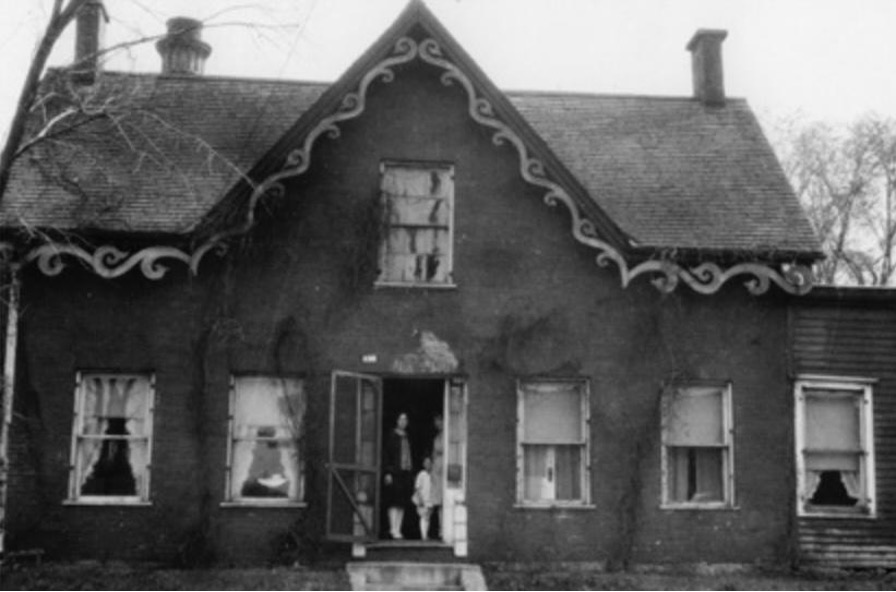
While the settlers were originally supposed to wait until the following year to emigrate, 193 migrants embarked on their journey to the United States on April 16th, 1845. Only 140 had been expected, but emigration fever was at such a high pitch that more than fifty others joined. The immigrants had a long and difficult journey to the United States, as they had to pass through Germany and the Netherlands before they could even travel across the Atlantic. The group of Swiss immigrants also had trouble finding Duerst and Strieff because the only information they had was a month old letter saying the two men had gone to Illinois to search for land. They also had to carry all their baggage across the country-many families had brought household items like furniture, pots, pans, and tools, not knowing what would be available in the US. Luckily, the colony was able to locate Duerst and Strieff, and the entire group of Swiss settlers arrived in New Glarus on August 15, 1845.
A thousand dollars sent from Switzerland was able to support the colonists after their immediate arrival until they could begin farming their land in earnest in the spring. All of the plots of land were paid for by the colonists within a decade. However, at first, earning a living in the New World was not easy and immigrants worked in the mines and as domestic servants or washerwomen in return for food and other household products. Swiss farms were much smaller than American farms and immigrants often had to plow the fields themselves. Initially, the settlers made their living through farming but later switched to dairying when it became more economically viable. Although there were only a few skilled immigrant cheesemakers, many immigrants were familiar with raising dairy animals and with the dairy market. The industry was able to expand easily, and since then, Green County has been known for its cheesemaking.
The Swiss were able to assimilate quite easily into the United States because they cultivated close ties with communities of German immigrants. They often read US-German newspapers and sometimes even identified as Germans before the First World War. Because of their relatively small numbers and dispersion across Wisconsin, however, it was relatively hard for them to hold onto a unique Swiss culture outside of Green County. At first, few immigrants took part in American politics because of the language barrier and their reluctance to get American citizenship. However, they were still able to develop civil and community organizations in New Glarus. For example, shooting was popular among men and women, and New Glarus had several gun clubs. Nearly a hundred New Glarus men participated in the US Civil War, serving in combat at the battles of Gettysburg, Antietam, and elsewhere. The desire of the Swiss immigrants to fight for their new country in the Civil War shows that even at such an early time, they were already beginning to integrate in their new country and settle into their new home.
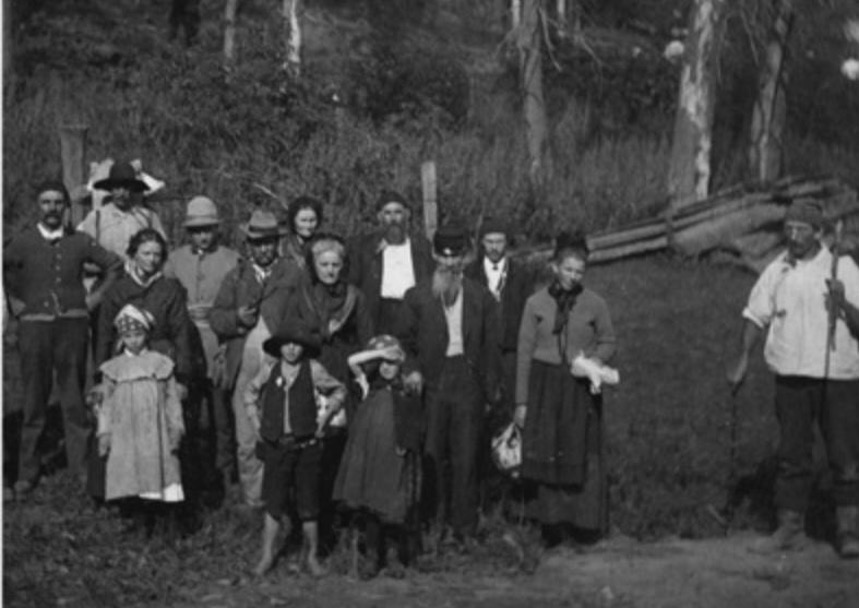
New Glarus is an example of the importance of immigrant culture in Wisconsin, as the town’s Swiss roots are still visible to current visitors. The close involvement of the Swiss government in the founding of the colony shows how immigration during much of the 1800s was supported on both sides of the Atlantic, by the US and the various European countries many colonists emigrated from. New Glarus is not simply an example of a European colony in the United States but it is also one that has managed to preserve its Swiss heritage in its food, architecture, and traditional pastimes that are still celebrated today.
Written by Sophia Halverson, April 2023.
SOURCES
John Luchsinger, The History of a Great Industry. Washington DC: Library of Congress, 1899
Emery A. Odell, Swiss Cheese Industry. Monroe, Wisconsin: Monroe Evening Times, 1936.
Glenn Thomas Trewartha, “The Dairy Industry of Wisconsin as a Geographic Adjustment”, PhD Diss. University of Wisconsin, 1924.
